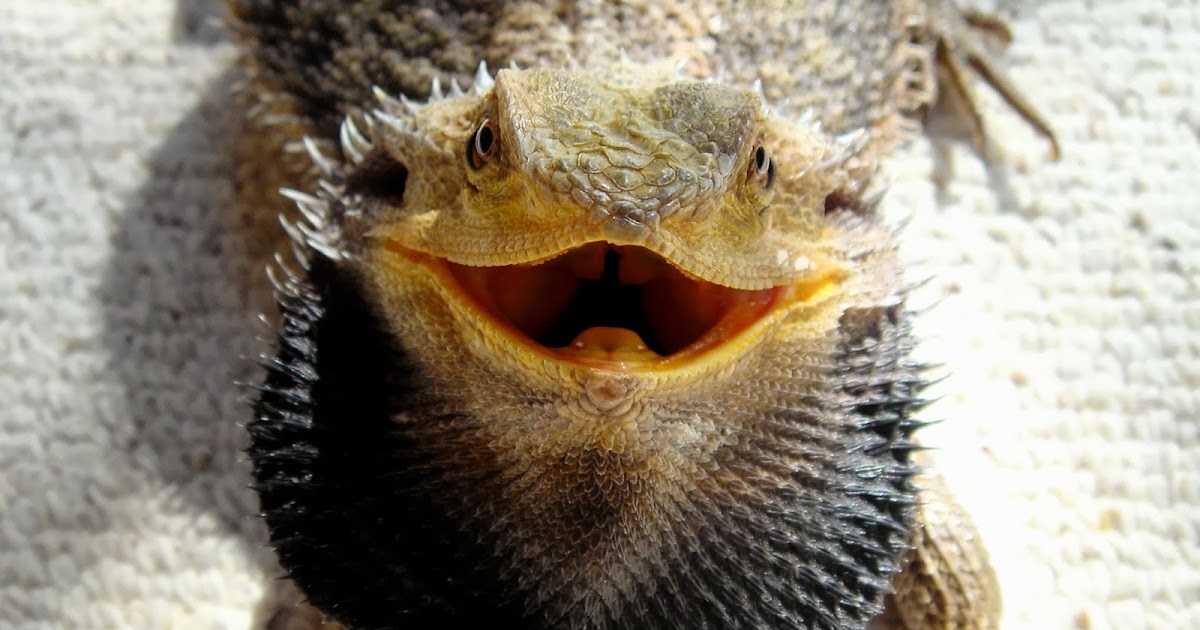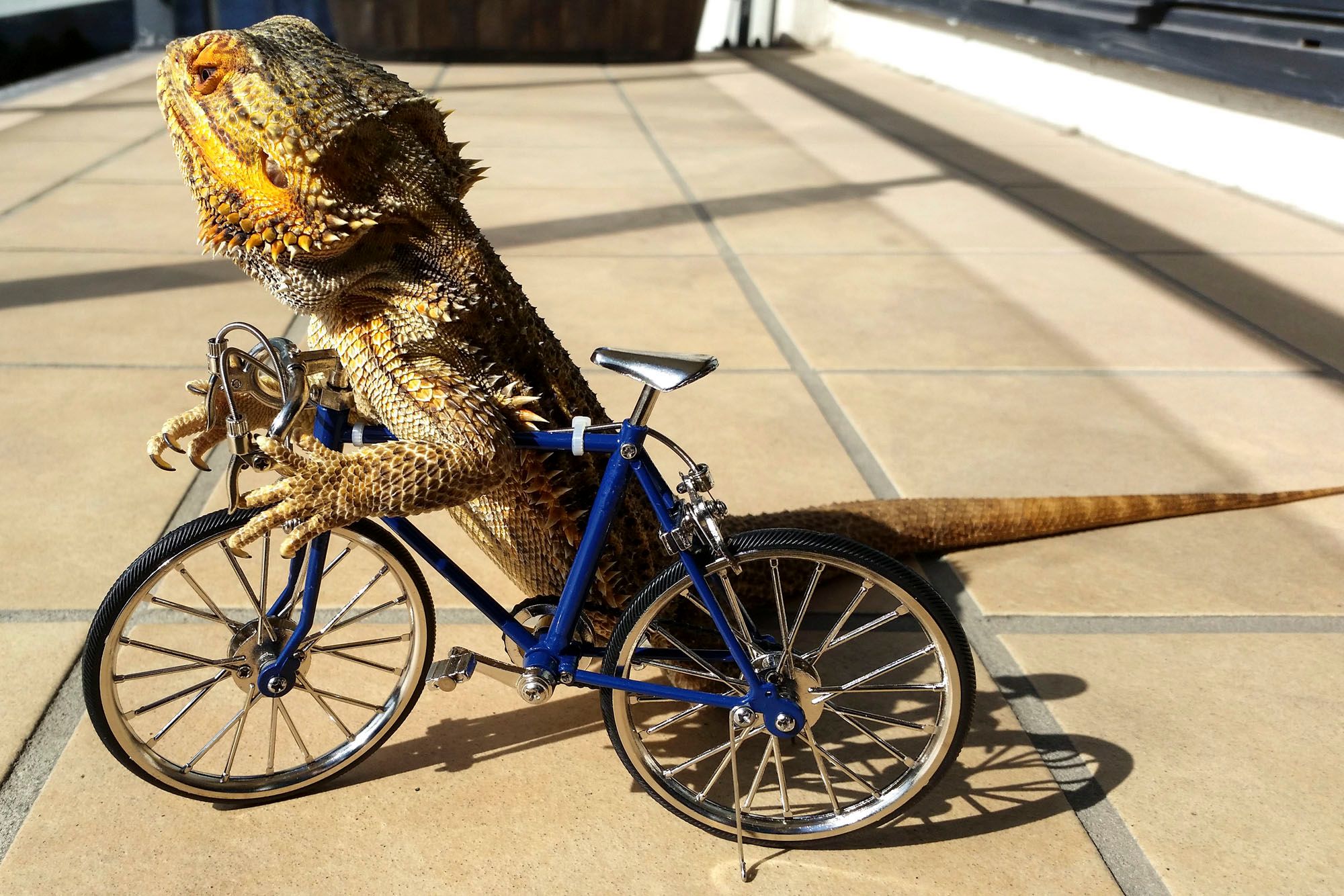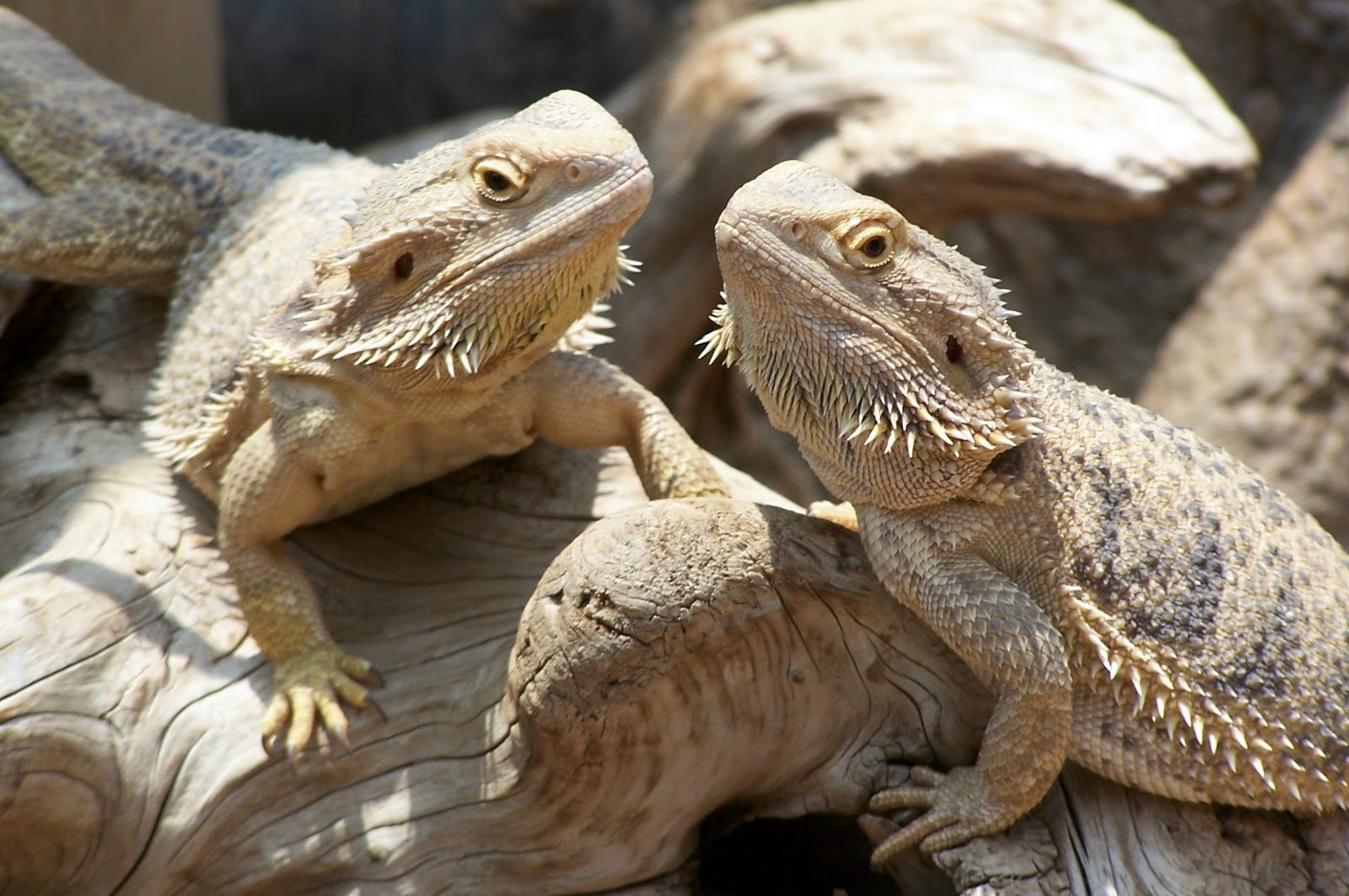Simple Tips About How To Look After Bearded Dragons

A log for your dragon to bask in underneath heat (they need to get nice and close to the light to warm their bodies up.
How to look after bearded dragons. Bearded dragon colors and patterns can change, sometimes dramatically, after every shed, and dragons often eat their skin after shedding. Loss of appetite diarrhoea lethargy retained skin around toes or tail tip abnormal movements disorientation twitching/tremors darkening of the skin. These lizards make good pets as they are friendly, outgoing and easy to handle, so learn.
But beardies can manage simultaneous color changes. Beardies shed their skin in large. They need a wide variety of safe plants and vegetables, as well as the correct supplements.
There’s no “best” place to get your beardie from. How to take care of a bearded dragon? Our expert mark amey's shows videojug users a step by step guide to looking after bearded dragons.
Providing adequate temperature gradients within a dragon’s enclosure is essential for their health and wellbeing. Let’s dive further into what mbd is, what causes it, the most obvious signs, and treatment! Bearded dragons need a highly specific environment to be comfortable, so it’s important you don’t skimp when buying a vivarium.
Research shows that beardies control which parts of their bodies change color in response to heat and to communicate with other bearded dragons. You can find out more about your beardy's feeding, supplements and water needs in our bearded dragon care sheet. An adult dragon tank should be at least 2ft x 2ft x 4ft or 75.
Invest in a decent vivarium for your bearded dragon. Bearded dragons are susceptible to internal and external parasites, gastrointestinal bugs, skin infections and nutrient deficiencies, which can be fatal if not treated properly. Let’s take a look!
Check your dragon regularly for signs of infection. You may be looking in a pet store or some kind of rescue shelter. It’s crucial to recognize these signs as early as possible to prepare an adequate nesting area.
When the bearded dragon feels threatened, it will flare the gular pouch to look much larger than it really is. Once your bearded dragon is fully grown, you’ll want a terrarium of at least 40 gallons (151 l) in volume (that’s 36 inches or 91 cm long) with a screened lid. This video details how to look after a bearded dragons in a quick beginner fr.
If your bearded dragon is showing any of these signs it is best to take him or her to a reptile vet: Step 1, research bearded dragons before buying one.
How to take care of a bearded dragon (10 basics everyone should know) 1. Discharge around the eyes, nose, or mouth; When it comes to bearded dragon egg laying, there are key signs to look out for, such as increased appetite, noticeable weight gain around the abdomen, and frequent digging behaviors.

















